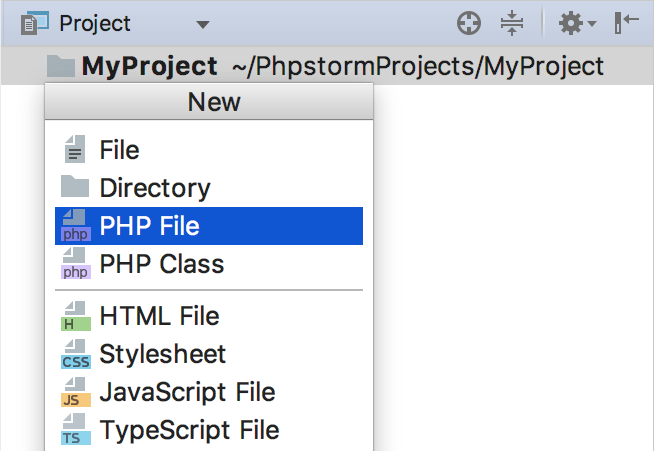


The last array element, which is the extension, is returned using the pop() method. Above methods are described below one by one with the proper example. The most useful ones are: split () and pop () method.
JAVASCRIPT FILE EXTENSION SOFTWARE
(if exist software for corresponding action in 's database). To get file extensions using JavaScript, there are so many ways.
JAVASCRIPT FILE EXTENSION ANDROID
Here, filename.split('.') gives 'module', 'js' by splitting the string. Recommended software programs are sorted by OS platform (Windows, macOS, Linux, iOS, Android etc.) and possible program actions that can be done with the file: like open js file, edit js file, convert js file, view js file, play js file etc. However, for most common purposes this code should be perfectly usable. In terms of performance, I think this solution is a little slower than regex in most browsers. This should clear up issues with the slightly more complex cases. If a0 '' and a.length 2 its a hidden file with no extension ie.htaccess. The filename is split into individual array elements using the split() method. If a.length is one, its a visible file with no extension ie. If a match is found, the function returns true. A File object inherits from Blob and is extended with filesystem-related capabilities. In the above program, the extension of the filename is extracted using the split() method and the pop() method. The filename is split into individual array elements using the split() method. The custom validFileType() function takes a File object as a parameter, then uses () to check if any value in the fileTypes matches the file's type property. In the above program, the extension of the filename is extracted using the split() method and the pop() method.


 0 kommentar(er)
0 kommentar(er)
